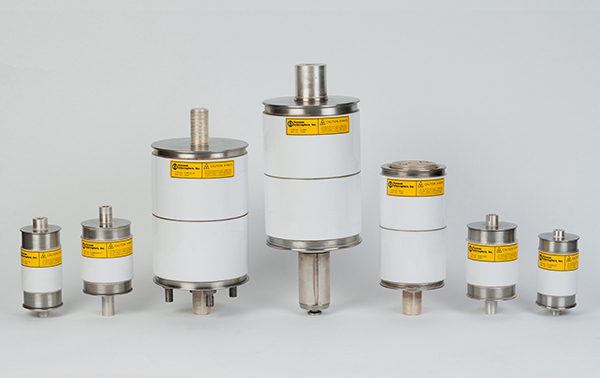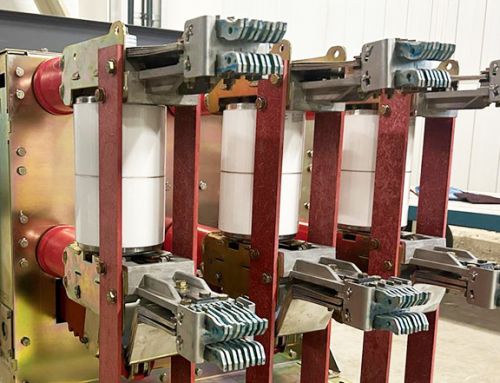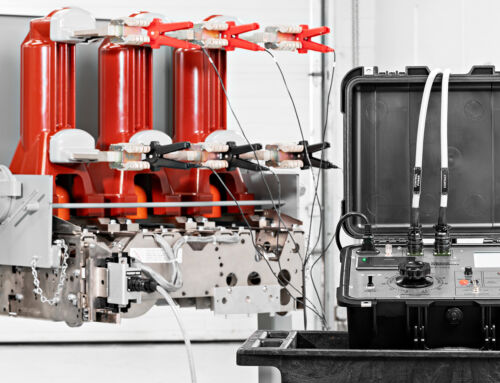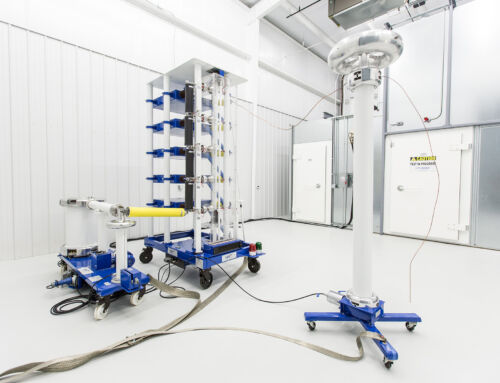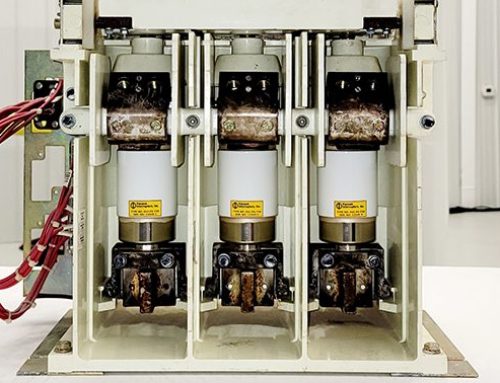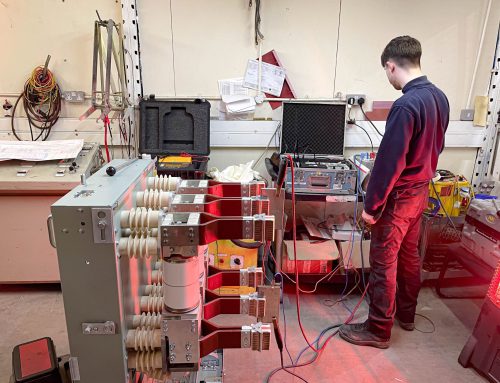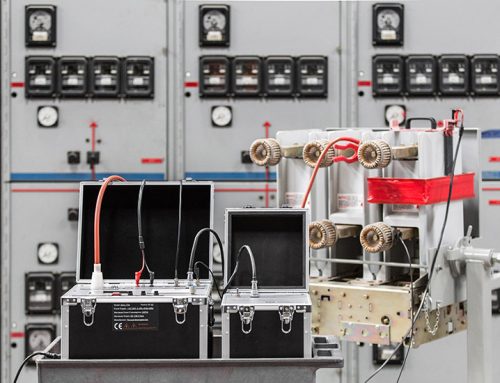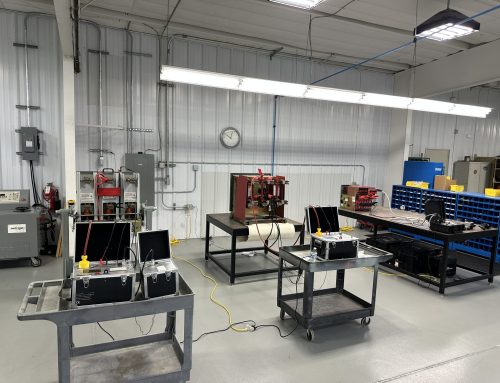Vacuum interrupter failures can be catastrophic, causing the loss of the vacuum circuit breaker, switchgear, or worse. With a typical predicted useful life of 20 to 30 years, vacuum interrupters provide the longest expected service life of any interrupting method. But a large portion of the vacuum interrupters in use in industrial and utility distribution switchgear in the US were installed several decades ago and may have already exceeded their manufacturer-specified expected life.
Not knowing the condition of your vacuum interrupters means you don't know when they are likely to fail. Test equipment and methods developed by Vacuum Interrupters can put your mind at ease and keep your electrical equipment in service.
If not properly maintained, all equipment — regardless of age — will fail eventually. The projected life of a vacuum interrupter, as established by factory leak-rate tests, assumes a constant leakage rate throughout the life of the interrupter, an assumption that may not be valid for any given interrupter. The interrupting capacity varies depending on contact design and contact separation, but vacuum level is the key to proper operation.
Before calculating the vacuum level, testers must know the relationship between the current flow through the vacuum and the gas pressure. Obtaining this data in the lab requires opening the interrupter and connecting a vacuum pump to gradually decrease the pressure. Connecting a magnetron to the vacuum interrupter allows them to apply the necessary voltage and the magnetic field. The magnetron then records the resulting current for each pressure point. Once the data is collected, it can be stored on the magnetron and correlated to the particular vacuum interrupter.
During field testing, the operator can indicate which device is being tested on a vacuum interrupter test set, apply the magnetic field and the test voltage, and evaluate the pressure that correlates to the resulting current flow.
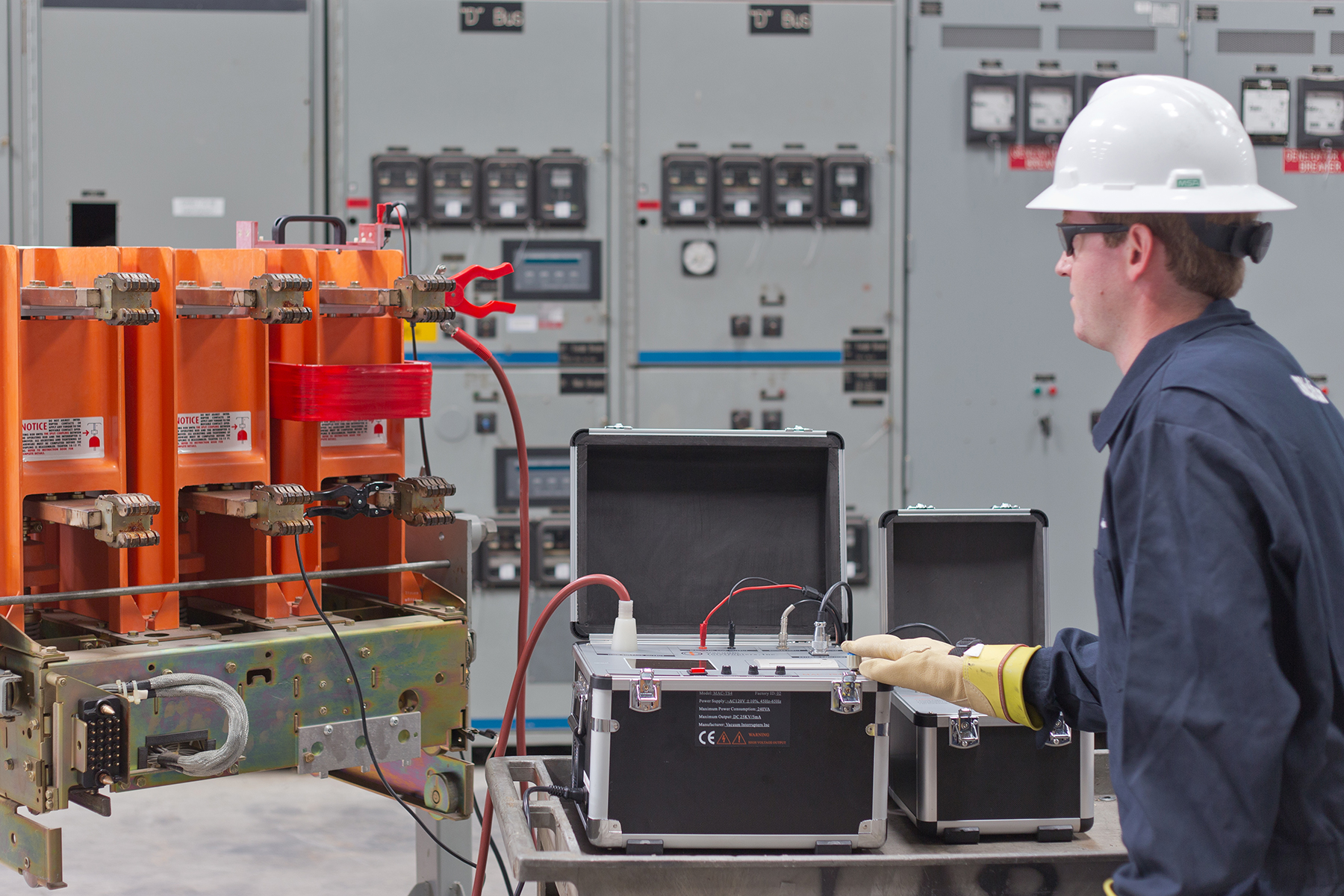
The magnetrons and coils used to test vacuum in the past were too bulky and difficult to use in the field. Today, Magnetron Atmospheric Condition (MAC) testing can determine the remaining life of vacuum interrupters in the field. The MAC-TS4 vacuum interrupter test set, flexible coils for field use, and rigid magnetic coils developed by Vacuum Interrupters are used to measure the vacuum level and calculate the remaining life of vacuum interrupters.
When testing reveals that your vacuum interrupters are likely to fail, Vacuum Interrupters can provide repair services or replacement vacuum interrupters to extend the life of your equipment.
To learn more about how vacuum interrupters work and the development of MAC testing, read this paper. If you'd like to schedule a demo of the MAC-TS4, contact us.

